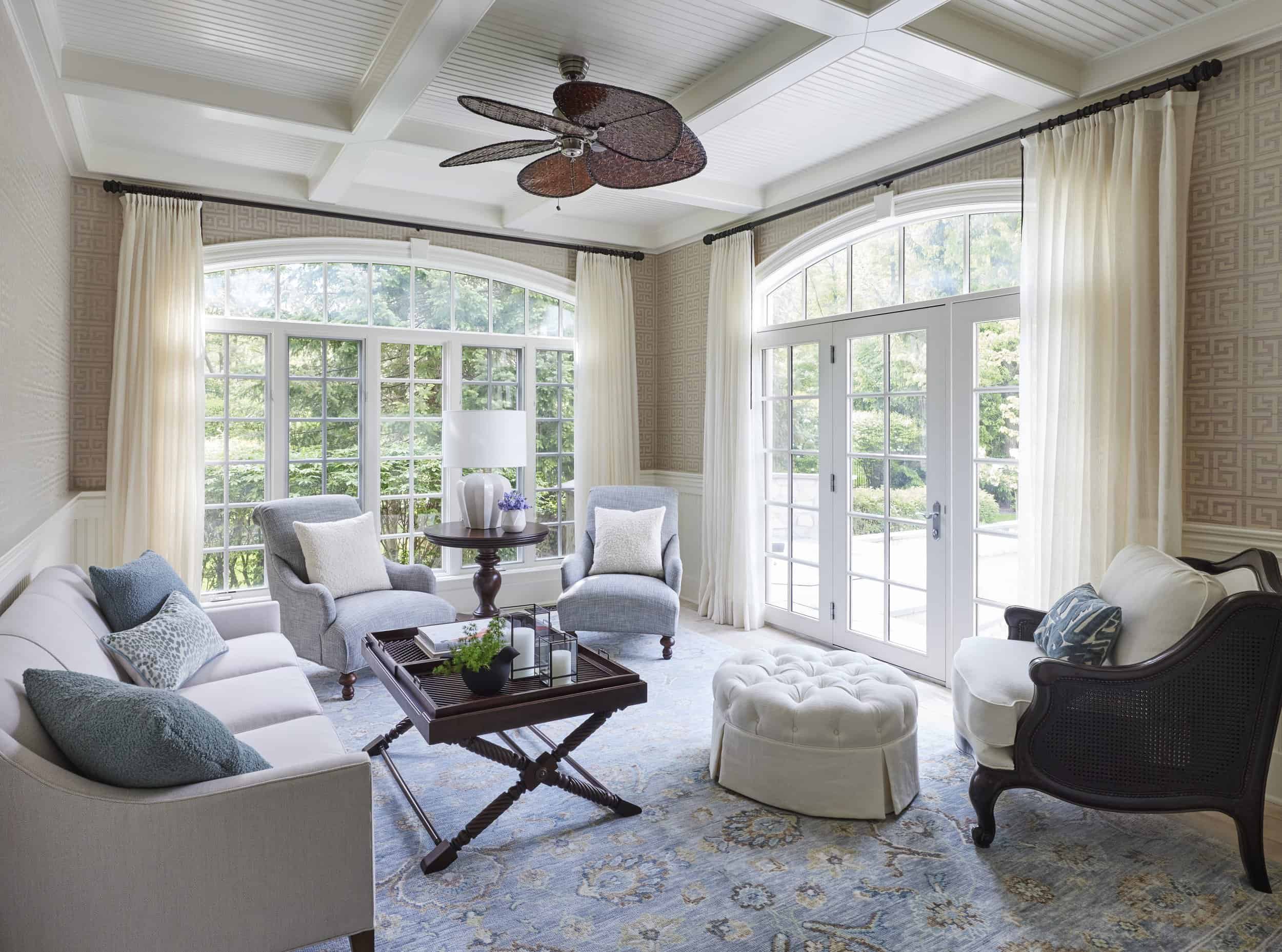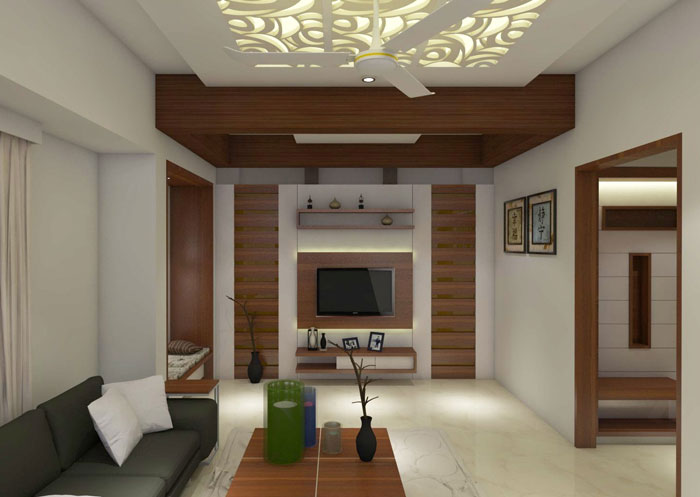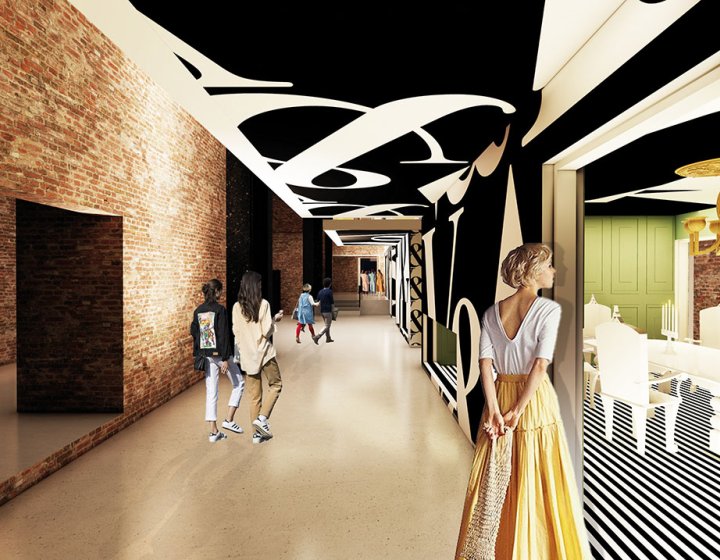Premier Winchester Architecture Services for Unique Home Designs
Wiki Article
The Art of Equilibrium: How Interior Design and Home Engineer Collaborate for Stunning Outcomes
In the realm of home style, striking a balance between visual appeals and functionality is no small task. This fragile balance is accomplished through the harmonious cooperation in between indoor designers and architects, each bringing their unique expertise to the table. Keep with us as we discover the ins and outs of this collective process and its transformative influence on home style.Comprehending the Core Distinctions Between Interior Decoration and Home Design
While both interior design and home style play essential functions in developing aesthetically pleasing and practical rooms, they are inherently different self-controls. It deals with the 'bones' of the framework, working with spatial dimensions, load-bearing wall surfaces, and roof covering designs. On the other hand, indoor layout is more concerned with improving the sensory and aesthetic experience within that framework.The Synergy Between Home Design and Interior Decoration
The harmony in between home architecture and Interior Design lies in a shared vision of style and the improvement of useful aesthetics. When these two fields line up sympathetically, they can change a home from ordinary to remarkable. This partnership needs a much deeper understanding of each technique's concepts and the capacity to develop a natural, cosmetically pleasing setting.Unifying Layout Vision
Linking the vision for home style and Interior Design can develop an unified space that is both useful and cosmetically pleasing. The balance starts with an incorporated attitude; engineers and indoor designers team up, each bringing their competence. This unison of concepts develops the design vision, a blueprint that overviews the task. This common vision is necessary for consistency throughout the home, guaranteeing a fluid transition from outside style to interior spaces. It promotes a collaborating technique where architectural elements enhance Interior Design elements and vice versa. The outcome is a cohesive living room that shows the house owner's taste, lifestyle, and individuality. Therefore, unifying the design vision is critical in blending style and Interior Design for spectacular outcomes.Enhancing Practical Aesthetics
How does the synergy in between home style and Interior Design boost functional looks? This synergy allows the production of spaces that are not only aesthetically appealing however additionally comfortably functional. Engineers lay the groundwork with their structural style, ensuring that the area is functional and efficient. The indoor developer then complements this with very carefully picked elements that enhance the looks without endangering the functionality. This harmonious partnership can lead to homes that are both attractive and liveable. For example, an engineer could develop a house with high ceilings and large windows. The indoor designer can after that accentuate these attributes with tall plants and large curtains, specifically, thus boosting the aesthetic charm while keeping the useful advantages of natural light and spaciousness.Relevance of Cooperation in Creating Balanced Spaces
The partnership between interior developers and designers is critical in creating well balanced areas. It brings harmony in between layout and design, giving birth to spaces that are not just visually pleasing but likewise practical. Exploring effective collective strategies can give insights into just how this synergy can be effectively attained.Harmonizing Layout and Design
Equilibrium, a vital facet of both indoor design and design, can only truly be accomplished when these 2 fields work in harmony. This collective procedure results in a cohesive, balanced style where every element has a function and contributes to the general visual. Harmonizing design and style is not just regarding creating attractive rooms, but regarding crafting spaces that function effortlessly for their occupants.Effective Collaborative Strategies

Case Studies: Successful Combination of Layout and Style
Analyzing my response a number of study, it becomes apparent exactly how the successful combination of Interior Design and design can change an area. The Glass Residence in Connecticut, renowned for its minimalistic style, is one such instance. Engineer Philip Johnson and indoor developer Mies van der Rohe collaborated to create an unified equilibrium in between the inside and the framework, leading to a seamless flow from the exterior landscape to the internal living quarters. Another prototype is the Fallingwater House in Pennsylvania. Architect Frank Lloyd Wright and interior developer Edgar Kaufmann Jr.'s joint initiatives bring about an amazingly one-of-a-kind residence that mixes with its natural surroundings. These study underscore the extensive effect of a successful layout and style partnership.
Getting Over Difficulties in Design and Style Partnership
Despite the indisputable benefits of an effective collaboration in between Interior Design and style, it is not without its difficulties. Interaction problems can arise, as both events may make use of different terms, understandings, and methods in their job. This can result in misconceptions and delays in task completion. Another significant difficulty is the harmonizing act of appearances and functionality. Engineers may prioritize architectural integrity and security, while developers concentrate on convenience and design. The integration of these goals can be intricate. Furthermore, spending plan and timeline constraints typically include pressure, potentially triggering breaks in the collaboration. Efficient interaction, common understanding, and concession are crucial to conquer these difficulties and accomplish a unified and effective cooperation.
Future Patterns: The Advancing Partnership In Between Home Architects and Inside Designers
As the globe of home layout proceeds to advance, so does the partnership in between designers and indoor designers. The trend leans towards a more joint and incorporated technique, breaking without conventional roles. Architects are no much longer only concentrated on structural integrity, but additionally participate in improving aesthetic allure - Winchester architect. Alternatively, indoor designers are welcoming technological elements, influencing total design and functionality. This advancing synergy is driven by developments in technology and the expanding demand for spaces that are not just visually pleasing yet sustainable and also functional. The future promises an extra cohesive, innovative, and flexible approach to home layout, as architects and developers continue to obscure the lines, fostering a partnership that really personifies the art of balance.Conclusion
The art of balance in home layout is attained through the harmonious partnership in between indoor developers and architects. An understanding of each other's web link self-controls, efficient interaction, and shared vision are critical in creating visually spectacular, practical, and welcoming areas. Regardless of obstacles, this collaboration cultivates development and development in layout. As the partnership in between home engineers and indoor developers advances, it will certainly remain to form future patterns, improving convenience, effectiveness, and personal expression in our space.While both interior layout and home style play crucial duties in producing aesthetically pleasing and functional rooms, they are inherently different techniques.The harmony between home architecture and indoor style lies in a common vision of style and the enhancement of useful appearances.Merging the vision for home design and interior style can why not check here create an unified living area that is both functional and cosmetically pleasing. Therefore, unifying the design vision is critical in blending style and interior design for sensational results.
Just how does the synergy in between home architecture and indoor design boost useful aesthetic appeals? (Winchester architect)
Report this wiki page